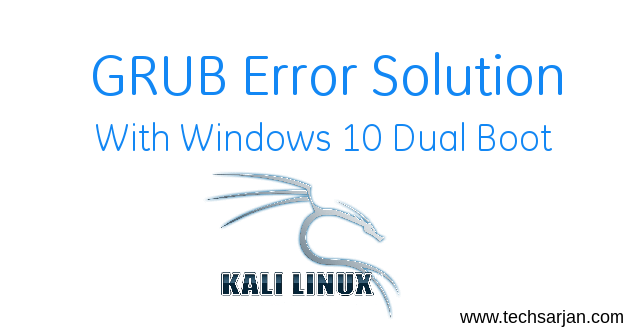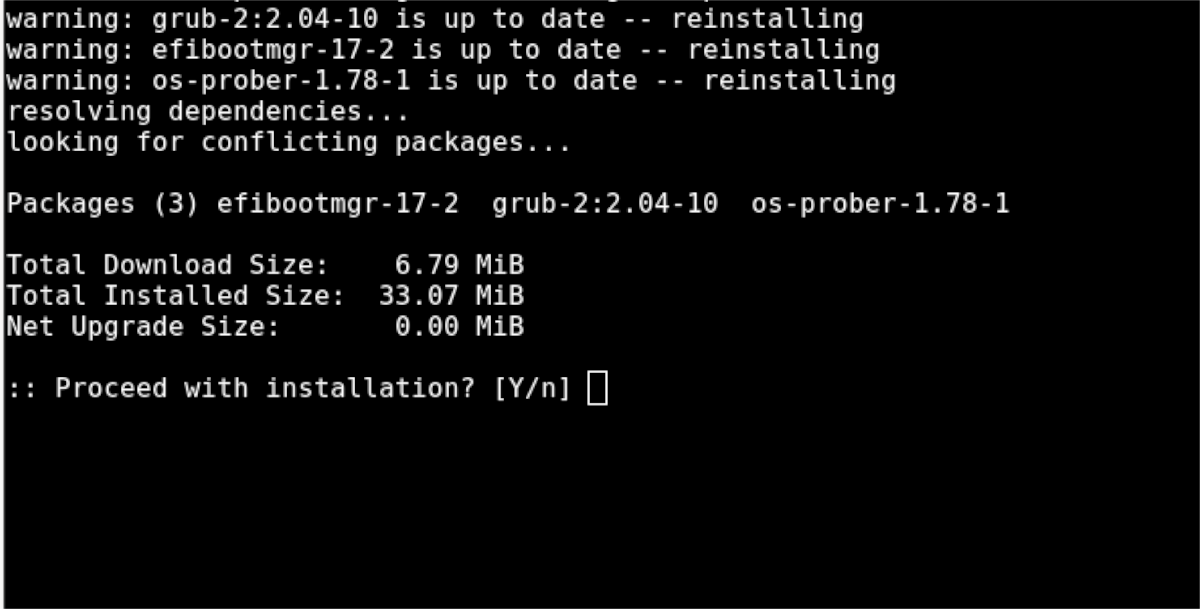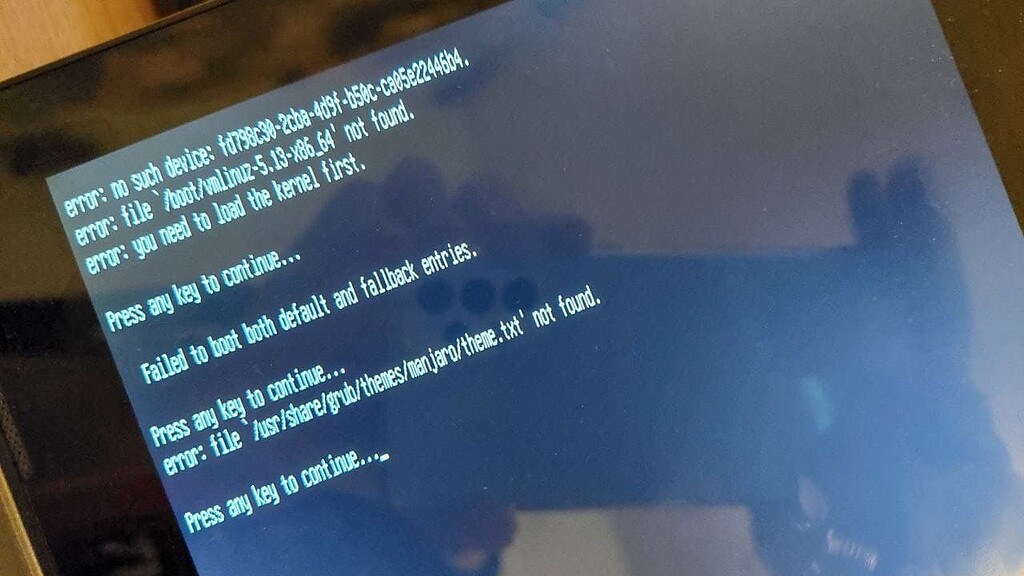
- #Grub4dos boot flag missing install#
- #Grub4dos boot flag missing drivers#
- #Grub4dos boot flag missing update#
- #Grub4dos boot flag missing manual#
- #Grub4dos boot flag missing free#
System-specific reference to its configuration and support files, but The reason is that the GRUB 2 binary must include a To work with Secure Boot active by distributions that otherwise use the This approach is typically used when the system is configured A hybrid approach is to have the GRUB 2 EFI binary read a configurationįile on the ESP, but that file then locates and reads a secondaryĬonfiguration file on the Linux root ( /) or /bootĭirectory.

This binary will thenĪccess additional support and configuration files on your Linux Installed alone in its subdirectory of the ESP.
The GRUB 2 EFI binary ( grub圆4.efi, typically) can be. #Grub4dos boot flag missing manual#
Manual installation instructions I've found on the Web describe this
The GRUB 2 EFI binary can be installed along with its support modulesĪnd configuration files on the ESP. Installed in any of three ways, depending on the way in which the program GRUB 2 installation works just as described in EFI Boot Loader Installation. In general, I preferĬonjunction with an EFI boot manager (typically my own rEFInd) on such computers. 
#Grub4dos boot flag missing install#
Install multiple Linux distributions on one computer. To get hung up on complex configurations-for instance, when you Its biggest flaw is that its support scripts tend Linux in EFI mode and if the OS installer configures GRUB 2 properly, it is Therefore, GRUBĢ is usually easy to install and use from such distributions. Including current releases of Ubuntu, OpenSUSE, and Fedora. GRUB 2 is the default EFI-mode boot loader for many distributions, You want something with more "eye candy"- rEFIt and rEFInd are better choices for this.You want something that's easy to configure manually, without relying on automatic configuration scripts-GRUB 2 has, by far, the most complex configuration of any EFI boot loader.You may also encounter boot coups, in which the GRUB that controls the boot process changes periodically.
#Grub4dos boot flag missing update#
Your computer has multiple distributions installed on it-GRUB 2's script-based update tools tend to miss updates on the non-primary OS's GRUB until the primary GRUB is installed. You want a boot loader that can chainload to a BIOS-mode boot loader. GRUB 2's grub> prompt is cryptic, but useful to an expert.Ĭonditions in which GRUB 2 may not be the best choice include: You want a boot loader that can provide diagnostic help in the event of a boot problem. You want or need to use Secure Boot-most distributions that support Secure Boot do so through a combination of Shim and GRUB 2. You need a boot loader that can load certain non-Linux kernels directly GRUB can boot macOS, Mach, BSD, and some other kernels directly. #Grub4dos boot flag missing drivers#
You cannot mount the ESP at /boot-GRUB 2 includes filesystem drivers that enable it to load a kernel from every common Linux filesystem. You need to chainload to another EFI-mode OS. This means that if you have installed additional distributions, or non-Linux OSes, GRUB 2 will not automatically adjust for them.) (Note, however, that GRUB 2 does this through scripts in the installation OS. You want a boot loader that adjusts automatically to new kernel installations. Your distribution installed GRUB 2 as the default boot manager, and it's working well enough that you want to keep it. You use GRUB 2 in other environments (on a BIOS-based computer, for instance) and so are familiar with it. Overall, conditions when you might want to consider using GRUB 2 include: Referenced on that site is more Ubuntu-specific and provides less help on Provides in-depth low-level configuration details. Note that the first link is to older documentation that UEFIBooting page (despite its hosting on an Ubuntu site, it applies toĪll distributions) or the official GRUB 2ĭocumentation. Therefore, if you have problems with GRUBĢ, I strongly recommend that you locate additional documentation, such as Note: GRUB 2 is by far the most complex boot Now discontinued) version of the boot loader. The previous page, Using GRUB Legacy, describes the previous (and Is the current version of the boot loader. 
If a Web search has brought you to this page, you This page is part of my Managing EFI Boot Loadersįor Linux document. Small donation to help keep this site up and running. If you find this Web page useful, please consider making a Outside ads however, I did take time to prepare it, and Web hosting doesĬost money.

#Grub4dos boot flag missing free#
This Web page is provided free of charge and with no annoying Managing EFI Boot Loaders for Linux: Using GRUB 2 Managing EFI Boot Loaders for Linux: Using GRUBĢ by Rod Smith, written: last update:








 0 kommentar(er)
0 kommentar(er)
